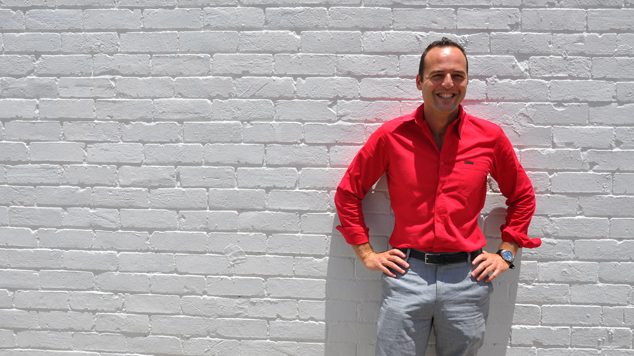A multi centre European study has for years been following 767 poz-neg couples who were not using condoms and recently published breakthrough interim results. Take note, the persons studied with HIV were successfully on HIV meds, also known medically as having an “undetectable viral load” which means they took their HIV pills to maintain a level of HIV in the blood that was below the level of detection.
So how many HIV transmissions transpired? Drum roll and spotlight please, the answer ZERO! ZILCH! NADA! Whoo hoo, for poz-neg couples it seems Christmas has arrived early indeed.
The PARTNER Study was presented by Alison Rodger on the 4th March this year at the 21st Conference on Retroviruses and Opportunistic Infections (CROI) in Boston, at which two year interim data was revealed (www.croiwebcasts.org).
Of interest, 282 of the couples studied were gay men. 16% of the gay couples had another STI which did not alter the “zero” result of HIV transmission. Which brings into question STI public health messages that warn poz guys that, even though they’re on successful HIV medication, another STI could lead to an immediate and imminent viral load break out, making them more infectious?
Given the results from the PARTNER study, it seems at the very least the risks involved have been severely over stated and over played in the context of poz guys with successfully suppressed HIV (i.e. undetectable viral load). It also doesn’t take too much imagination for many to deduce that perhaps “HIV viral blips”, their occurrence, frequency and consequence have also been over stated.
Viral load sceptics aside, what does this mean in real life? It appears that poz-neg couples can increasingly adopt the new default position, that while successfully on HIV medication a person with HIV is “non-infectious” (as adopted by the” Swiss Statement” of 2008). A potential challenge now, is for health science research to identify the exceptions to this new rule. We are in exciting times. There is now enormous incentive to immediately test and treat, thereby reducing the unknown positive in our communities. It’s a winning benefit to all if we want to end the HIV epidemic.
The National Association of People with HIV Australia (NAPWHA) announced this month a Public awareness campaign titled “The Wait Is Over “. It seeks to underline both the health advantages of starting treatment early and the additional HIV prevention benefits that can now be accessed. The Pharmaceutical Benefit Scheme (PBS) changes taking effect this month now allows people with HIV to effectively start treatment once HIV diagnoses occurs.
Professor David Cooper, Director of the Kirby Institute in Sydney has welcomed the NAPWHA campaign, saying , “HIV treatment has a powerful benefit of helping prevent transmission of HIV to others”. He added, “Interim results recently released from the PARTNERS study have confirmed that HIV positive people who are taking HIV treatment successfully have a greatly reduced risk of passing HIV onto their partners. The powerful impact of HIV treatment in preventing onward HIV transmission should be a significant factor in choosing to commence treatment for many people who wish to do all they can to protect their partners. This PBS change will allow that to happen more easily”.
When reviewing some online commentary to the PARTNER study, it seems that most welcome the results, and many have responded with cautious optimism. For some liberated poz-neg couples, it could be easy too view opposing responses as (be warned some strong language follows) nothing more than, homophobic, hope obliterating, sex negative trolls on a moral panic crusade. However, once you get past the emotionally charged advocating warrior within, there are some valid concerns. For negative men who hook up with casual guys who claim to be HIV free (but are really untested) condoms remain an effective prevention strategy against HIV and will remain a gay cultural norm for some time to come.
It seems the rules of sexual engagement have changed however by working together everybody can win from treatment as prevention.
Cipriano Martinez
www.positiveadvocate.com






